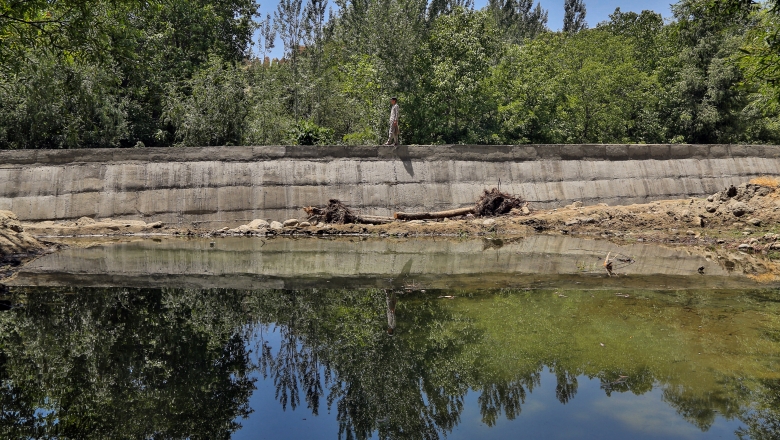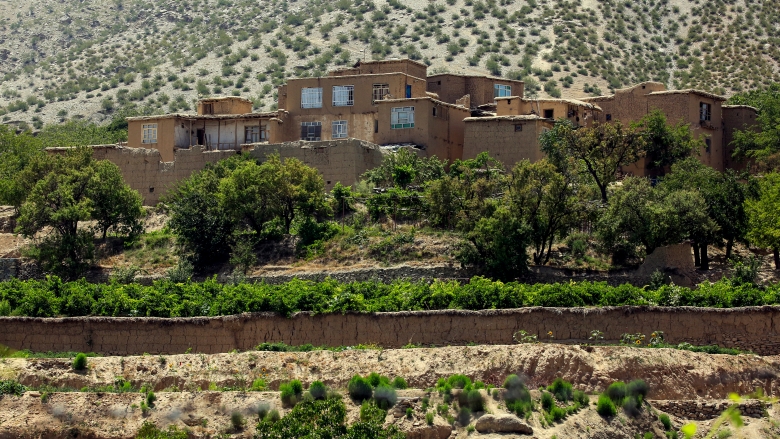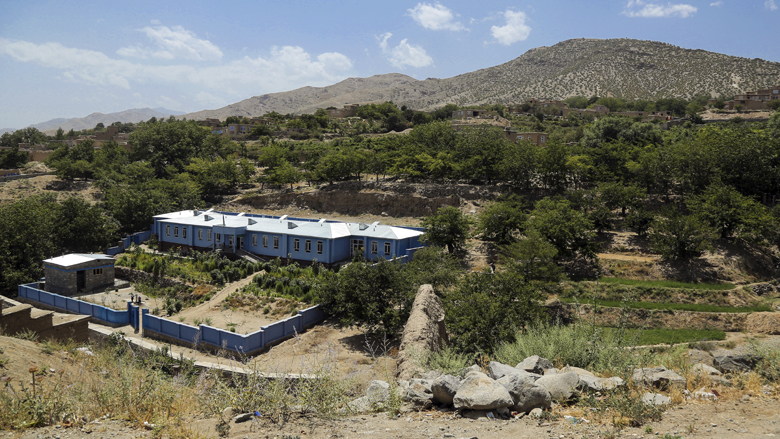Kabul province – In a Kabul city village, five small boys run and hide amid the trees that line a newly completed river bank protection flood wall. Laughing and sweating, the boys take brief refuge from the intense sun at the base of the wall when one in the group spots a camera. They excitedly call for their picture and the photographer obliges, snapping a few photos as the boys climb on top of the wall.
.
But farmer Khan describes the wall’s main purpose. “Before the construction of the flood wall,” he says, “when the river swelled too much, the water destroyed parts of our homes and gardens, and sometimes we had to leave our houses.”
The construction of the 507-meter long flood wall began in December 2017 and was completed in July 2018, with funding and technical support from the Irrigation Restoration and Development Project (IRDP). The flood wall protects four villages—Hassan Khail, Mosali, Nimat Khail, and Sarwar Khail—from flooding, benefiting 655 families.
The flooding happened several times a year and sometimes the flood waters reached levels that left residents stranded in their homes for several days. “Because there was no road when the river was flooded, we had to walk through people’s gardens to go anywhere, which took longer and annoyed the neighbors,” recounts farmer Zalmai. “When there was a really bad flood that affected the houses, we could not even do this.”
With the flood wall, these problems will be resolved, Zalmai says. .




